
Dogs
The Newfoundland has a long history of close companionship with people. A working dog, this breed is often used in water rescue operations. The Newfie is a big, sweet, lovable family protector, confidante and, sometimes, savior.
The exact origin of the Newfoundland is uncertain. Ancestors are thought to have arrived to the country of Newfoundland with fisherman from Europe. Over time, the original ancestors, who may have included Great Pyrenees, husky or French hound, were selectively bred until the Newfoundland breed was achieved.
The Newfoundland is a working dog and is comfortable on land and in the water. The breed is extensively used in water rescues and, less glamorously, to assist fishermen in dragging carts and carrying heavy packs. The American Kennel Club accepted the Newfoundland as a breed in 1979.
The Newfoundland has a moderately long, water-resistant double hair coat. The majority of Newfies are solid black, though some may be white and black, referred to as Landseer's. Other colors include bronze, blue and brown.
The Newfoundland has a massive head with a medium length muzzle. The ears are small and not erect. Because they appear regal and imposing, they are a favorite subject for many artists.
Adult male Newfoundlands average 28 inches in height at the shoulder and weigh 130 to 150 pounds. Adult female Newfoundlands average 26 inches in height at the shoulder and weigh 100 to 120 pounds.
Newfies are calm, even-tempered dogs and devoted companions. They are not known for excessive barking. Newfoundlands are protective but not aggressive watchdogs. They are considered very courageous dogs and their bravery is legendary.
Newfies do very well with children and other pets due to their calm demeanor and intelligence. The breed requires a significant amount of space due to his large size and therefore may not be a good first pet for some people.
Newfoundlands are intelligent and eager to learn. They excel at water training, rescue and obedience. Because of their size and bulk, they do not do well in agility training. They are easy to train.
Newfoundlands are known to drool a significant amount. This may cause a problem for some, although many Newfoundland owners consider drooling a small sacrifice in exchange for having such a sweet tempered, benevolent companion.
Daily grooming is needed to keep the long double coat mat free – about 15 minutes per day. Newfoundlands are moderate shedders and not known to activate human allergies.
Even though Newfoundlands love to be around humans, they can spend a significant amount of time outdoors if the weather is appropriate. With the long double hair coat, they do not do well in extreme heat or humidity and prefer cooler temperatures.
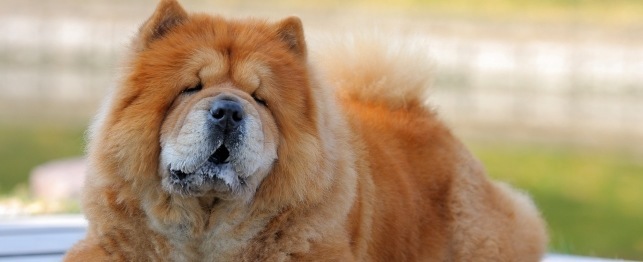 Choosing a Chow Chow
Choosing a Chow Chow
Choosing a Chow Chow
Choosing a Chow Chow
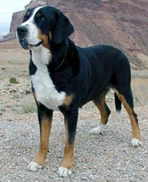 Greater Swiss Mountain Dogs: A guide to dogs and puppies of the Greater Swiss Mountain Dog breed
The Greater Swiss Mountain Dog!
The Great Swiss Mountain Do
Greater Swiss Mountain Dogs: A guide to dogs and puppies of the Greater Swiss Mountain Dog breed
The Greater Swiss Mountain Dog!
The Great Swiss Mountain Do
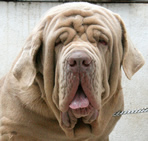 Neapolitan Mastiffs: A guide to dogs and puppies of the Neapolitan Mastiff breed
The Neapolitan Mastiff!
The Neapolitan Mastiff is one massi
Neapolitan Mastiffs: A guide to dogs and puppies of the Neapolitan Mastiff breed
The Neapolitan Mastiff!
The Neapolitan Mastiff is one massi
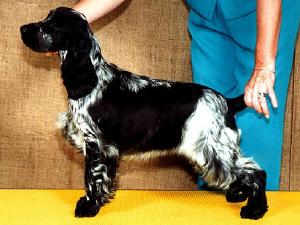 English Cocker Spaniel
English Cocker
English Cocker Spaniel
English Cocker
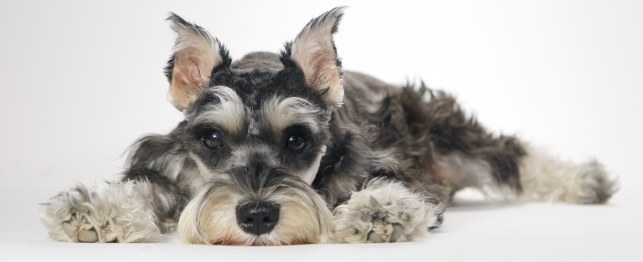 Small Dog Breeds
Small Dog Breeds
Small Dog Breeds
Small Dog Breeds
Copyright © 2005-2016 Pet Information All Rights Reserved
Contact us: www162date@outlook.com